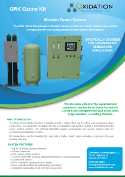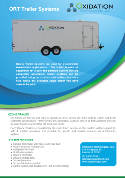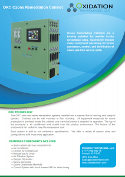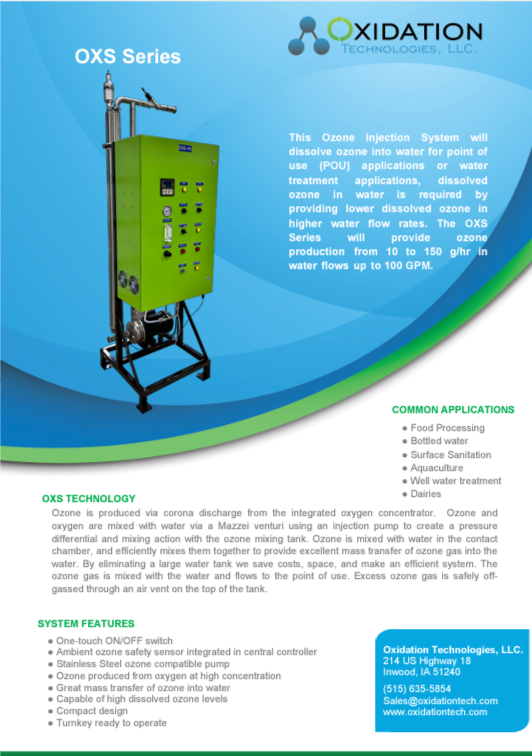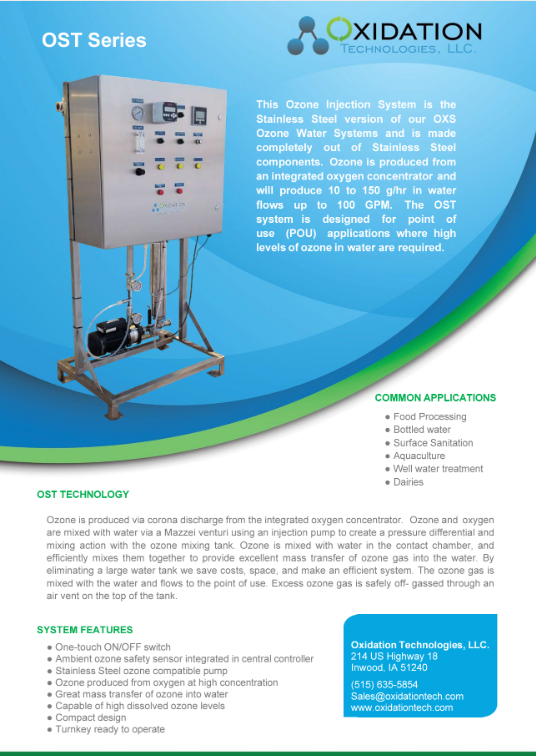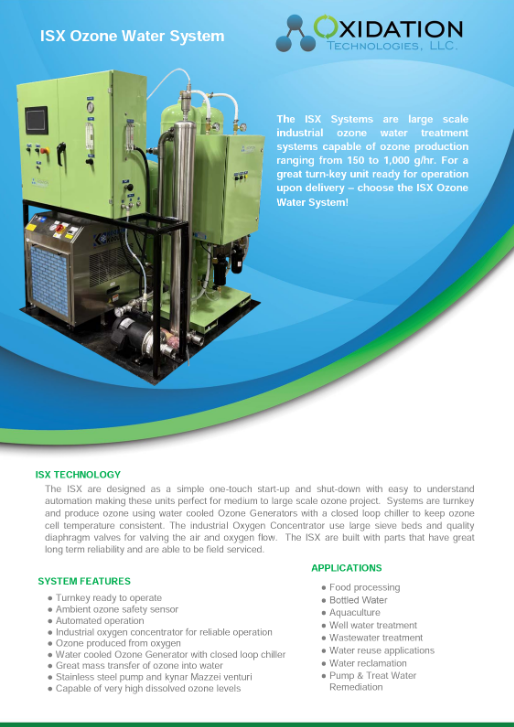BTEX Remediation under Challenging Site Conditions Using In-Situ Ozone Injection and Soil Vapor Extraction Technologies: A Case Study
Courtesy of: Soil and Sediment Contamination: An International Journal
 Authors: Samar J. Bhuyan & Michael R. Latin
Authors: Samar J. Bhuyan & Michael R. Latin
Pages 545-556 | Received 07 Oct 2010, Accepted 01 Mar 2011, Accepted author version posted online: 14 Mar 2012, Published online: 14 Mar 2012
Abstract:
Remediation was successfully completed in a petroleum-contaminated site using ozone sparging combined with soil vapor extraction technologies. The site contained high levels of BTEX contamination in dissolved, adsorbed, and free phases. The presence of fine-grained soil, smear zone contamination, and shallow groundwater posed challenging site conditions for this remediation. Active remediation was performed for approximately 18 months followed by one year of post-remediation monitoring. Application of soil vapor extraction technology effectively removed free phase contamination. Biodegradation during active and post-remediation periods also played a role in bringing down the contaminant levels and achieving closure of the release. The cost of this remediation approach was estimated to be $2.04 per cubic foot ($72.08 per cubic meter) and found to be cost-effective. Timely completion of the project prevented the spreading of contaminants towards the down-gradient residential and school properties.
Link to access full paper below:
https://www.tandfonline.com/doi/full/10.1080/15320383.2012.664187







